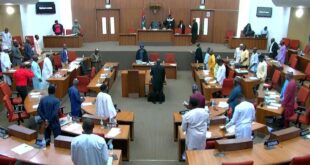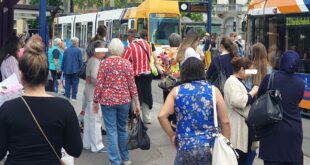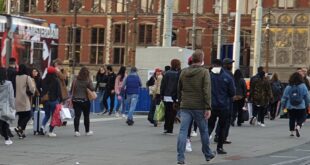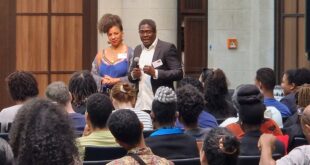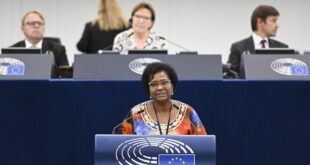The death rate from COVID-19 in the UK is four times higher for Black people than for their White counterparts, according to official reports. Anil Gumber*, Senior Health Economist, Sheffield Hallam University, explains the factors responsible for this difference. Given that the coronavirus doesn’t appear to be going away anytime soon and we don’t know when, or even if, a vaccine will be developed, the university scholar advises on how the overall health and immune responses of Black and other minority groups can be improved.
—–
The death rate from COVID-19 in England is four times higher for Black people and three times higher for Asian people than for their White counterparts, according to the recent report by Public Health England. We know that socio-economic and cultural factors linked to racism and inequality impact negatively on the underlying health of Black, Asian and minority ethnic (BAME) people. And this may leave them less able to deal with the virus.
This means that to reduce the outsized effect that COVID-19 is having on BAME communities, we need to find ways to help people improve their overall health and immune responses in both the short and long term.
BAME people are more likely to be employed in low-paid, insecure and high-risk jobs, and live in poorer conditions in more deprived areas. They have on average poorer diets, lower rates of physical activity and inferior access to sanitation facilities.
A lack of money and time to devote to maintaining a healthy lifestyle combined with lower levels of health literacy often results in BAME people having weaker immune systems than more affluent groups. They are also more likely to suffer long-term conditions affecting the immune system, such as cardiovascular disease, type 2 diabetes and hypertension. And darker skin and cultural factors that mean BAME people are more likely to cover their bodies outside are linked to higher rates of vitamin D deficiency, which can also affect the immune system.
With this in mind, one short-term way to improve people’s chances of surviving COVID-19 would be to boost their immune systems by encouraging them to improve their diets and increase their exposure to sunlight. In particular, this would involve encouraging people to increase their intakes of zinc, iron and vitamins A, C and D, which are crucial to the body’s immune response to infection.
To achieve this, the NHS or local authorities could run information campaigns through the media and through employers, schools, healthcare facilities, places of worship and other community groups. Exercise schemes, groups and classes could also be targeted at BAME people according to their gender and age group, in order to encourage more physical activity. Such campaigns have been shown to improve BAME people’s health at a local level.
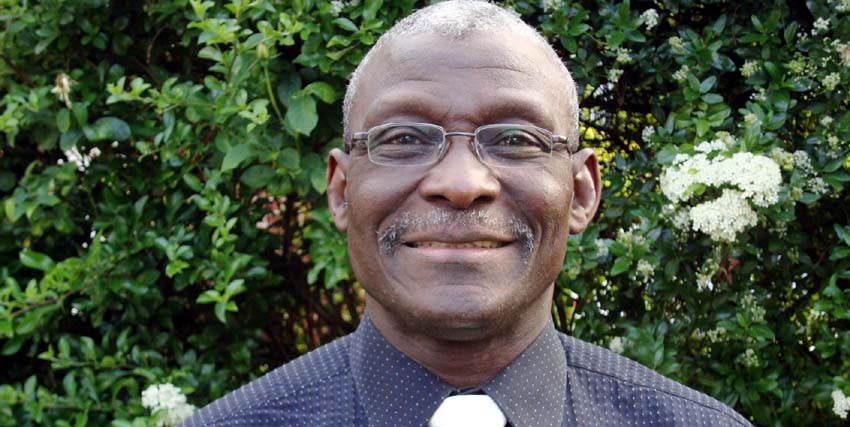
The other aspect to consider is the cultural and language barriers that create problems to accessing health services. For instance, the uptake of national cancer screening programmes (for breast, bowel and cervical) is very low among BAME people.
Evidence suggests the best way to engage with BAME people in this respect is to recruit and train health champions from the each community who can work to improve people’s health literacy and access to services. The charity Diabetes UK has already had some success in improving diabetes management among BAME patients in this way.
Long-term solutions
Given that the coronavirus doesn’t appear to be going away anytime soon and we don’t know when, or even if, a vaccine will be developed, we also need long-term strategies to improve the underlying chances of BAME people who catch COVID-19. A key aspect of this longer term approach would be to redefine the role of central and local government in public health to focus on BAME people specifically as well as deprived people in general. For example, policy changes designed to “nudge” people to improve their health could be directed at BAME communities.
We also need long-term action to improve the health literacy of BAME people and other disadvantaged groups. This could be done through short, locally delivered courses in colleges and community centres that improve their understanding of nutrition, fitness and their specific needs. This approach would be similar to the way that computer and IT skills have been delivered.
Simultaneously, healthcare and other community professionals could be given more training on how to help BAME people better manage the long-term conditions that they are more likely to have and that increase the risks of COVID-19, such as diabetes and cardiovascular disease.
Another more specific strategy would be to ensure BAME patients are included in the development of vaccines and antibody therapies, which is often not the case in clinical trials. This would make the treatments more likely to be widely effective because they would have been tested more thoroughly on BAME people’s specific health characteristics.
However, behind all of these issues lies the fundamental inequality caused by the inferior employment and living conditions that BAME people typically face. We won’t be able to address the disparity in the death rate from COVID-19 until we tackle the disparity in the all-round life opportunities that BAME people have to deal with every day.
Copyright © 2010–2020, The Conversation
* The article was published originally by The Conversation. Read the original article HERE
 THE AFRICAN COURIER. Reporting Africa and its Diaspora! The African Courier is an international magazine published in Germany to report on Africa and the Diaspora African experience. The first issue of the bimonthly magazine appeared on the newsstands on 15 February 1998. The African Courier is a communication forum for European-African political, economic and cultural exchanges, and a voice for Africa in Europe.
THE AFRICAN COURIER. Reporting Africa and its Diaspora! The African Courier is an international magazine published in Germany to report on Africa and the Diaspora African experience. The first issue of the bimonthly magazine appeared on the newsstands on 15 February 1998. The African Courier is a communication forum for European-African political, economic and cultural exchanges, and a voice for Africa in Europe.











